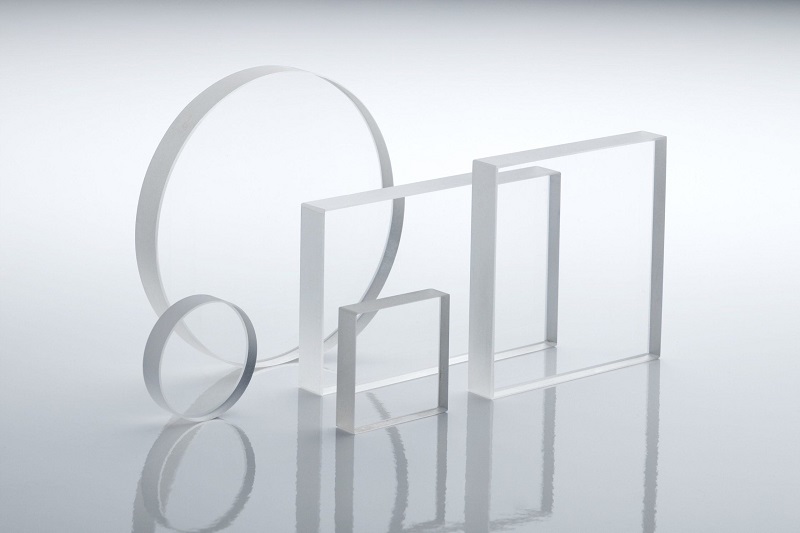The key benefits of optical sapphire window

Windows actually have a huge role to play in optical systems right from reducing reflection to maximizing transmission. The sapphire windows also protect optical systems as well as electronic sensors from everything they are subjected to, including the environmental factors. In the face of very harsh environmental conditions, there is actually a need to choose optical windows made out of a material that can easily offer exceptional robustness. Here’s where sapphire comes into the picture.
But why exactly sapphire windows?
Sapphire is actually one of the most incredible and durable crystal materials and it is second only to diamond when it comes to the hardest natural substances. The optical components that get crafted from sapphire have a reputation for outperforming and outlasting things like fused silica and quartz within a very comparable transmission range.
Read on further to know why sapphire as a material happens to be in such high demand.
Sapphire tends to have very mechanical strength in comparison to other optical materials. Sapphire has very high surface hardness as well as excellent structural integrity. Sapphire is exceptionally resistance to both abrasions as well as scratching. Sapphire can easily withstand temperatures in the vicinity of 2030 degree Celsius. Sapphire is chemically unreactive which makes it so highly resistant to all chemicals except very hot caustics. Sapphire has an extremely wide optical transmission band right from UCV to mid-IR. The high thermal conductivity of sapphire means that it can easily outperform copper at very high cryogenic temperatures.
Here’s what optical sapphire window are used for
Optical sapphire windows have very high structural strength and this means that they can be made much more thinner than other optical windows, all of which results in highly improved transmission. Sapphire optical windows are actually very useful through an entire wavelength range of 0.15 to 5.5µm, which makes them highly resistant to UV radiation darkening. Applications which use high temperature, high pressure, very high thermal loads, corrosive atmosphere and low friction must all always be taken into consideration as they lend themselves to sapphire window.
That’s not all, furnace viewports, IR analytical devices, barcode readers, gas and oil analysis all tend to use sapphire windows as well. The optical sapphire window is also used in various industries right from the military industry to the defense industry to space industry to medical industry as well as research sectors. All of these industries tend to fancy optical sapphire window quite a lot because of the exceptional superior performance and reliability in mission critical applications that sapphire windows provide.
The Bottom Line
Sapphire windows tend to have a lot of benefits over glass or plastic windows. Sapphire windows are highly resistant to all sorts of scratches, including and especially common scratches. Scratches can actually end up becoming relief points on windows and windows actually have a very high chance of breaking along scratches if the right amount of impact is applied. Sapphire will ensure that the window won’t acquire the scratch in the first place. On the other end of the spectrum on the scientific end, sapphire is known to transmit very well throughout all sorts of visible and mid IR spectrums.
In the past couple of years, sapphire windows have gained a lot of spotlight and it is mainly because of smartphone applications. Sapphire has commonly been used in environments that are very less than ideal to protect the delicate optics that are often sealed behind them. Commercial and military aircraft commonly tend to have many sapphire windows for protecting vision systems that can help pilots in maneuvering in very limited sight situations.